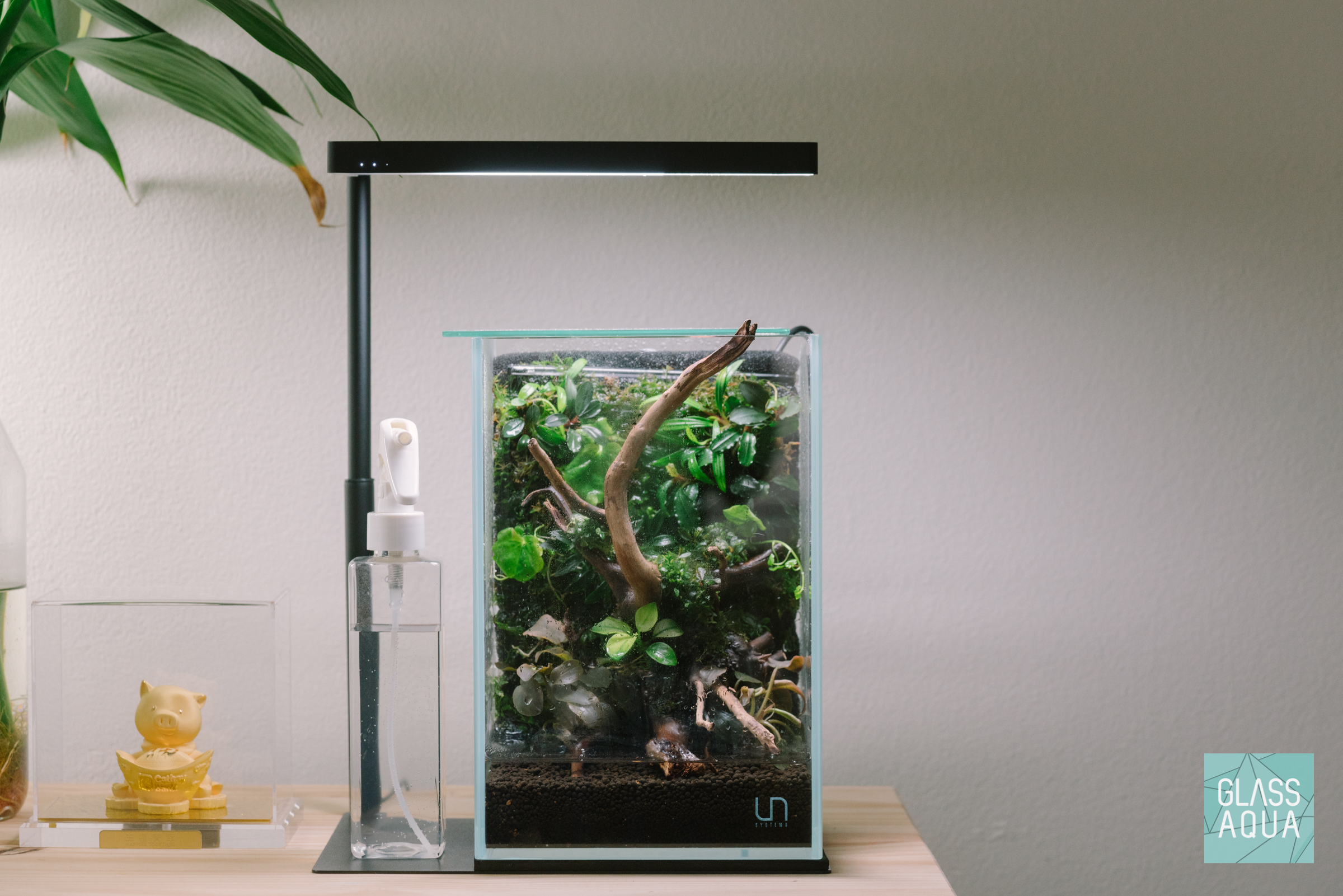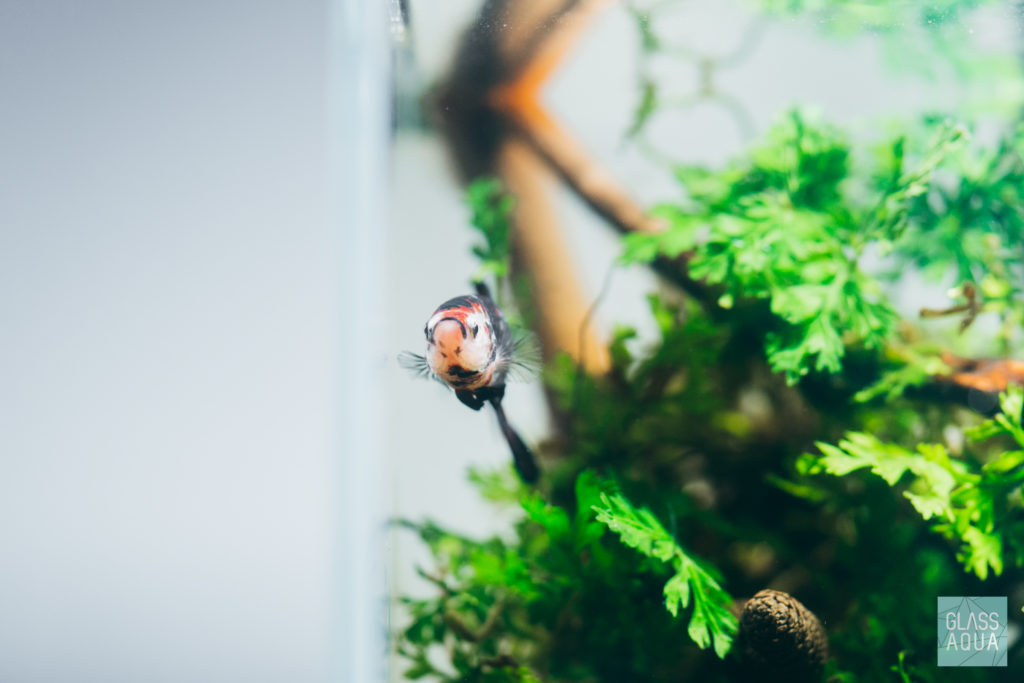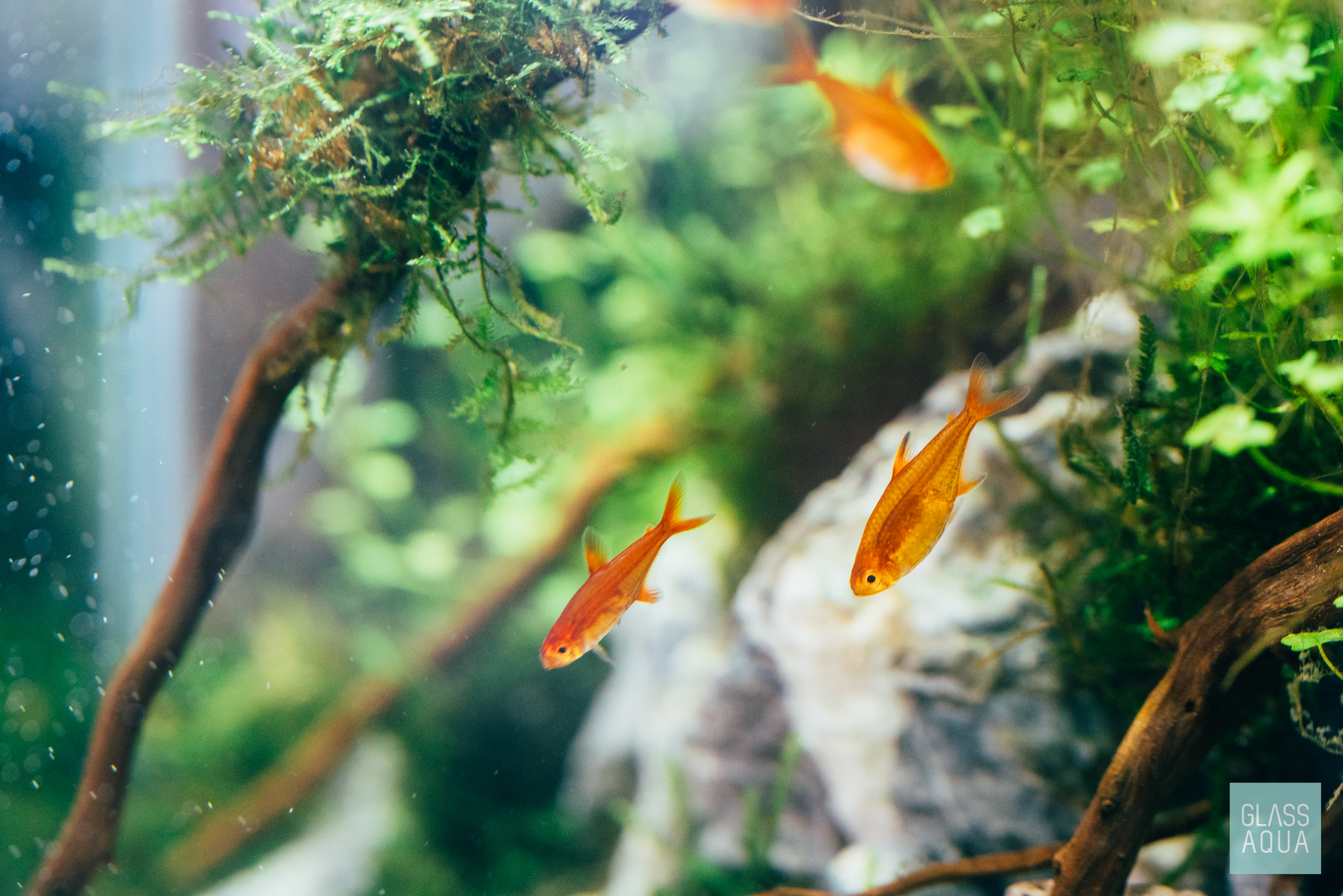Today we have our second guest, Mindy; She runs an amazing Instagram account with all things Bettas! Mindy’s Betta love began in 2006. Her first Bettas were some girls she picked up at Walmart named Alpha, Beta and Gamma. They looked drab and lifeless in their cups, but almost overnight they transformed into colorful little gems: all with just fresh water and food. Their colors filled in substantially when placed in aquariums with filters and lights. From that moment, Mindy has been a firm believer in the proper care for Bettas. We’re not too sure how many she has these days, but it’s definitely an impressive number! Once again, without further ado, read on for Mindy’s extensive care guide on how to properly care for and nurture your beautiful finned babies.
Bettas are a lovely addition to any aquarium, but more importantly, they are our pets. We love our pets and want to give them the best, right? In return, they will look their best for us, and be their most lively, spunky, and colorful selves. All male bettas and most females are very territorial, so they have to be the only betta you keep in their tank. Spoiled, right? Yes, but we love them. Understanding what our pretty betta fins need is the first step to betta pampering. Here are some guidelines.
Tank Setup
Before you bring betta home, have a tank ready for him to move into. The tank should be big enough, cycled, and within the proper water parameters. More on water parameters and tank cycling later. Put away those small vases or small critter keepers because even though they can survive a while in these conditions, they are not thriving, and probably bored out of their minds. A three gallon or bigger sized tank is ideal for keeping water parameters stable, and harmful toxins at zero. Anything smaller will require more work and be difficult to keep stable.
Bettas are notorious jumpers, so make sure to have a lid, and that any gaps are not big enough for him to fit through. Bettas also breathe air from the surface, so the lid should not be air tight or touching the water surface. Rinse new tanks with warm water, or sanitize with diluted bleach. Never wash anything that touches your betta with soap. Soap cannot be completely rinsed out and will kill your betta. Rinse and add extra de-chlorinator to neutralize bleached tanks.
Water Preparation
Aquariums filled with tap water are not ready for fish right away. This is very very important. The tank water parameters need to fit your betta’s needs. You will need a freshwater aquarium master test kit in order to measure these parameters.
Prepare your water in advance before adding to the tank. Add a de-chlorinator that neutralizes both chlorine, chloramine and heavy metals from tap water because these are harmful to fish. Products such as Seachem Prime and Kordan Amquel will work very well for this. Some people recommend letting your prepared water to sit for twenty-four hours to allow water PH to stabilize and temperature to match the tank.
Bettas come from places with leaf litter that makes their water slightly acidic and soft. The ideal PH for a betta is 6.8 – 7.5, but they can adapt to a wide PH range between 6.5 – 8.0. Anything out of this range will cause problems for betta. If your water PH is too low, you can add crushed coral, dolomite chips, or limestone. If your water PH is too high, adding Indian Almond Leaves (IAL) or driftwood can help lower the PH naturally. Note that driftwood should be boiled before using and that these will turn your water a golden brownish tint. Alternatively, you can mix your tap water with distilled or reverse osmosis water. Make sure any new water is prepared the same way each time for water changes. Never use straight RO or distilled water because there is no buffer in it to keep PH stable. Avoid using chemicals to adjust PH because some of these products are not healthy for fish and easy to overdose.
Some people also get GH or KH kits. GH measures the amount of magnesium and calcium dissolved in water or general hardness of water. Bettas prefer soft water, but they do tolerate a wide range of GH between 5 – 20 DH or 70-300 ppm. Very hard water can be harmful to bettas. Indian Almond Leaves, alder cones, and mixing RO or distilled water will lower water hardness. KH is the buffering capacity that keeps PH stable and should be above 4.5 DH, or 80 ppm, in order to keep PH from fluctuating. Organic matter in aquarium cause KH to drop over time. Doing regular partial water changes will help prevent KH from dropping too low. One thing to remember is that a stable PH is most important, so any changes should be made very gradually.
Tank Cycling
Besides having the correct PH, GH, or KH in your aquarium water, your filter needs to grow enough good bacteria before it is ready for your betta. This is what it means to cycle a tank, also known as the nitrogen cycle. In a nutshell, fish and waste give off ammonia, good bacteria in your filter eats this and converts it to nitrites, then another type of good bacteria eats this and converts it to nitrates. Ammonia and nitrites are very toxic to fish, burning their gills and slime coat slowly until they can no longer function. Nitrates are safe below 20 – 30 ppm and can only be removed through water changes. Depending on how you do a tank cycle, it can take from a week to several weeks of watching an empty fish tank before it has enough good bacteria to maintain no ammonia, no nitrites, and under 20ppm nitrates. Planting live plants, buying nitrifying bacteria, or squeezing water from an existing cycled filter pad can speed up this process.
So how do you cycle a tank? There are several ways. Let us talk about the fishless cycle since it does not involve stressing out your fish. The general idea is setting up your fish tank with the filter, soil, plants, and decorations, then adding ammonia every day until it turns into nitrites, and eventually nitrates. Make sure PH does not fall below 6.5 because good bacteria will not grow. If PH falls below 6.5, do a partial water change to get PH back to normal range. You can purchase ammonia chloride from fish stores, or pure ammonia from hardware stores and dose at about 2-4ppm per day until nitrites appear. Alternatively, you can add crushed fish food daily. Measure daily for ammonia and nitrites. Once nitrites appear, measure daily for nitrates as well. Once you have nitrates, no ammonia and no nitrites, do partial water changes until nitrates are at 20 ppm. Now your tank is safe to add your fish.
Filter
The filter you choose should produce low current. Since bettas come from calm pools of water, they prefer little to no current in their tanks. Too much current can actually stress them out. A sponge filter, small hang on back filter, or canister filter with reduced outflow pipes would be perfect choices. There are many DIY options online for slowing down the flow of a filter that is too strong. The best way to check if your filter flow is too strong is to watch your betta. Is he being blown around the tank? Does he look like he is struggling? Is he having trouble making his little bubble nests on the surface of the water?
Heater
This is one you do not want to skimp on. A stable temperature is most important, so a good quality heater with a thermostat is ideal. Choose a heater that can be set to 78F – 80F that bettas prefer. They will also do ok within 75F – 86F, but anything out of this range will start causing health problems for your betta. Again, keep in mind stable temperatures are most important. If your tank water is heated, the new water should also be heated to the same temperature before being added to the tank.
Live Plants or Decor
Live plants are a wonderful addition to a betta’s home because they help filter out toxins and improve water quality. They also provide places for a betta to rest on. Mosses or java ferns tied to driftwood make for a very easy and natural look. If you decide to have live plants, make sure they are fully aquatic and fit for the tank setup. Plants have different light requirements, and some might even be as picky as preferring a certain ph range, soft or hard water, just like fish. Healthy plants help, but dying plants will cause trouble for betta health very quickly.
For decor, use anything that is aquarium safe, without jagged edges, and without small holes that curious bettas can get themselves stuck in. A very popular one is the betta hammock that bettas love to rest on near the surface of their tank. Bettas also love caves and the floating betta logs.
Mindy has kindly provided so much information that we’ll be separating this into two parts! In part two, read about tank maintenance, what to feed your Betta, daily flare exercises, rest, tank mates, natural supplements, remedies and what to do if your little one gets sick. She also sums it up into a quick recap with important parts for quick reference. Stay tuned!













